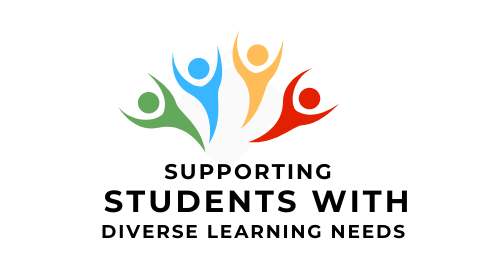- The nature and extent of vision loss may not be obvious to others.
- Students may know the variety of strategies that work for them to access their learning and to allow full participation.
- Some students may be unfamiliar with the learning environment or the nature of your class and what would be helpful. In these cases, they may need to work with the instructor and the campus Disability Services office to explore options.
- The impact of vision loss is always an individual experience. Individuals who are blind or visually impaired may differ greatly in their strategies for and ease with independent mobility, social interaction, accessing information, and participating in their learning. For this reason, it is important to treat each person as an individual.
- If you are unsure what would be helpful, it is best to ask the student. Students can let instructors know what supports would be helpful. Ensure that students are asked these questions in a confidential setting, as many students do not wish to discuss their disability in public.
- Provide oral explanations for visually-presented information.
- Provide visual class content in advance. Provide visually-presented information to the student before it will be covered in class so that the student has an opportunity to convert the material into an accessible format (e.g., provide an electronic copy of class handouts the day before).
- Choose accessible classroom activities. Choose classroom activities that are accessible to all students whenever possible, including students with limited or no vision.
- Use of computer with text-to-speech software for exams.
- Textbooks and course materials in audio format.
- Tutor to help teach visual content.
- Adaptive technology, for example magnification software, refreshable braille, braille scanner, text to speech software.
- Preferential seating at the front of the classroom – so the student can hear lecture information more readily.
Students experiencing vision loss may be considered as blind (e.g., having very little or no usable vision) or partially-sighted (having some usable vision). Some visual impairments are stable, where individuals do not experience changes in their vision. Other students may experience progressive vision loss over time. In the second case, students will likely need to find new adaptations as their vision changes.
Case Study
Although Jonathan had only minimal residual vision in one eye, he was required to access a variety of print materials, both electronic and hard copy, in his program of study.
While in high-school, Jonathan used large-print formats, which worked very well. However, when Jonathan started college, he found it difficult to use the same strategy. In his college program, there were more textbooks, handouts, and other materials he needed to access on a daily basis. It became apparent that it was not feasible to access large-print versions for all of these materials.
Instead, Jonathan started using a portable electronic magnifier for reading short-passages and notes while in class. His instructors made sure to provide him with printed copies of class presentations. However, he could not use this method for long readings, as it gave him incredible headaches due to the eye-strain.
In order to access longer passages and his textbooks, Jonathan began using text-to-speech software that read aloud electronic documents. He worked with the Disability Services Office at his campus to access digital versions of his textbooks. Although this took some getting used to, Jonathan eventually found he enjoyed reading his textbooks this way and was able to get more out of his readings.
Videos
Derek’s experience of accommodation for a visual impairment:

